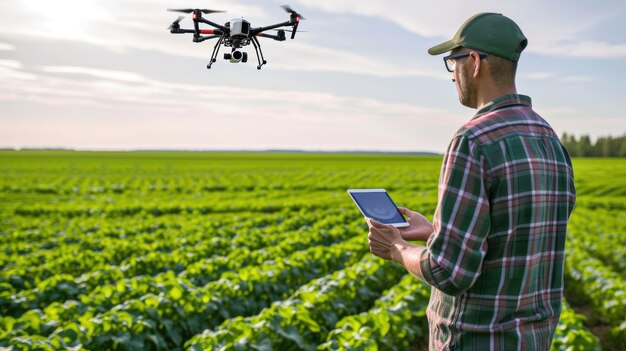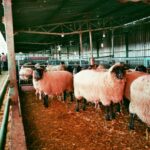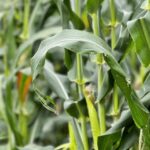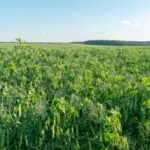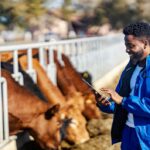Drones have revolutionized modern farming, helping South African farmers increase efficiency, monitor crops, and reduce costs. However, improper use or lack of understanding of drone technology can limit its effectiveness and lead to costly mistakes. Below are 10 common mistakes farmers make when using drones in agriculture and how to avoid them.
1. Choosing the Wrong Type of Drone
One of the most common mistakes farmers make is selecting the wrong drone for their specific needs. While some drones are designed for general aerial photography, agricultural drones are equipped with specialized sensors, thermal cameras, or multispectral imaging tools. Farmers should identify whether they need drones for crop monitoring, spraying, or mapping before making a purchase.
2. Ignoring Regulations and Permits
In South Africa, the use of drones is regulated by the South African Civil Aviation Authority (SACAA). Many farmers neglect to follow these regulations, leading to fines or restrictions. Farmers must obtain necessary permits, register their drones, and ensure compliance with local laws regarding airspace and flight safety.
3. Lack of Proper Training
Operating a drone may seem simple, but without adequate training, farmers may struggle to utilize its full potential. Poor piloting skills can result in accidents, damaged equipment, or inaccurate data collection. Farmers should invest in training courses to learn how to operate drones effectively and interpret the collected data.
4. Underestimating Battery Management
Drones typically have limited battery life, and many farmers fail to plan accordingly. This can result in incomplete surveys or crashes due to power loss. Farmers should monitor battery levels closely, carry spare batteries, and ensure drones are fully charged before flights to maximize operational time.
5. Inadequate Data Analysis
Collecting aerial data with drones is just the first step; analyzing it is where the real value lies. Many farmers overlook the importance of understanding drone-captured data such as crop health indices, soil moisture levels, and yield forecasts. Using proper software and tools for data interpretation ensures actionable insights for better decision-making.
6. Flying in Poor Weather Conditions
Drones are sensitive to weather conditions, including strong winds, rain, and low visibility. Some farmers attempt to fly drones during unfavorable conditions, risking equipment damage or inaccurate data collection. Monitoring weather forecasts and flying only in optimal conditions will ensure better performance and longevity.
7. Neglecting Drone Maintenance
Like any other farming equipment, drones require regular maintenance to function efficiently. Farmers often neglect to check for wear and tear on propellers, cameras, and sensors. Regular inspections, cleaning, and software updates can prevent costly breakdowns and prolong the drone’s lifespan.
8. Overlooking Field Calibration
Failing to calibrate drones properly before flight is a common error that leads to inaccurate mapping or crop monitoring. Calibration ensures that the drone’s sensors and GPS are correctly aligned for precise data collection. Farmers should always calibrate drones on-site, especially when flying in a new location.
9. Improper Use of Spraying Drones
Spraying drones can significantly reduce the time and effort required for pesticide or fertilizer application, but improper use can harm crops or the environment. Farmers sometimes miscalculate droplet size, wind speed, or flight altitude, leading to uneven spraying or chemical drift. Proper calibration and understanding of drone spraying techniques are essential for success.
10. Failing to Factor in ROI
While drones offer great potential, they require significant investment in terms of equipment, software, and training. Farmers sometimes purchase drones without evaluating the return on investment (ROI). It’s crucial to assess the drone’s impact on cost savings, efficiency, and yield improvements before committing to the technology.
For South African farmers looking to harness the full potential of drones, avoiding these common mistakes is key. By selecting the right drone, adhering to regulations, investing in training, and analyzing data effectively, farmers can maximize efficiency and crop yields. Proper planning and maintenance ensure drones remain a valuable tool for sustainable, technology-driven agriculture.
Join 'Farmers Mag' WhatsApp Channel
Get the latest Farming news and tips delivered straight to your WhatsApp
CLICK HERE TO JOIN
